Everything You Need to Get Started with Colored Pencils
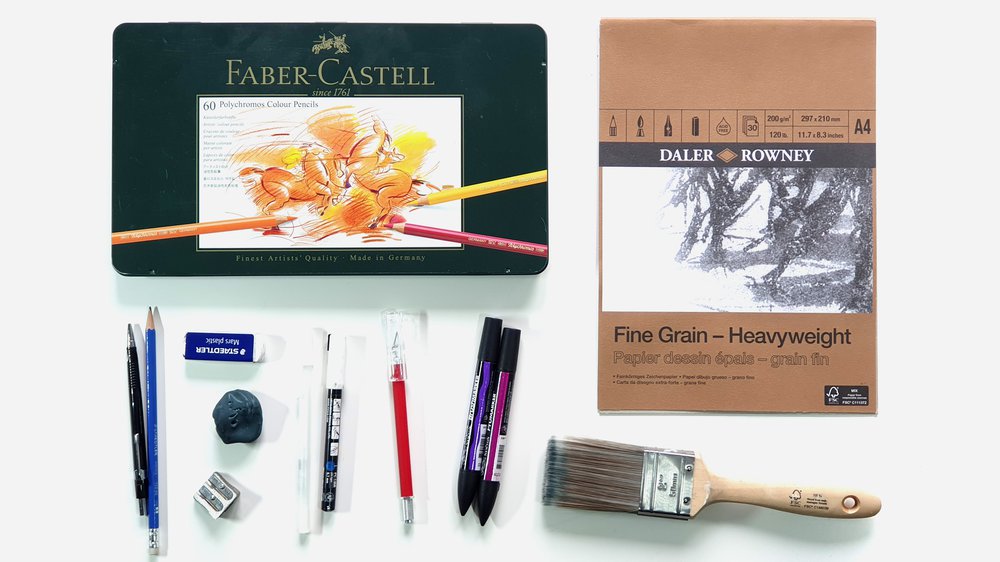
Knowing what you need to start drawing with colored pencils might seem straightforward forward right?
You just need some paper and colored pencils and that's it.
Well, it's actually a bit more complicated than that. How do you know which colored pencils are the best to get started? And what paper should you use for colored pencils? Every brand of pencils is different. And certainly not all paper is good for colored pencils.
In this article, I answer exactly what colored pencils and what paper you need to get started plus other tools and supplies to make your drawing process more efficient and enjoyable.
Disclaimer: In the name of full transparency, please be aware that this blog post contains affiliate links and any purchases made through such links will result in a small commission for me (at no extra cost for you).
What do you need to draw with colored pencils?
1. The Cheapest Graphite Pencil You Can Find
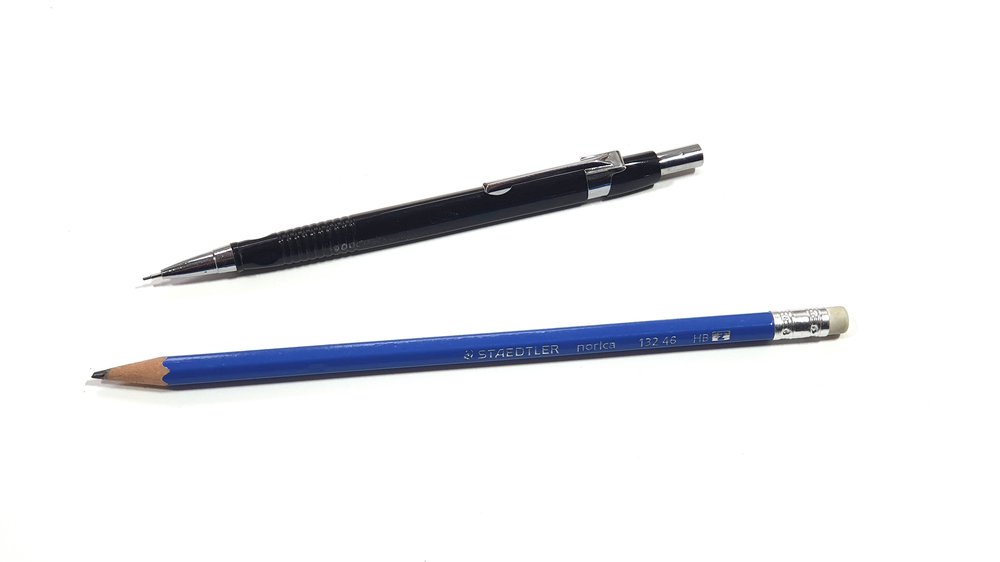
When you're going to draw with colored pencils you're probably going to make a sketch before you start coloring.
You don't need the best graphite pencil to do that. Just buy the cheapest you can find. That'll do the job just as well as more expensive pencils will.
If you want to sketch more precise or detailed than a mechanical pencil might suit you better. And just like with graphite pencils just buy the cheapest one you can find with good ratings.
2. A Kneaded Eraser and Regular Eraser
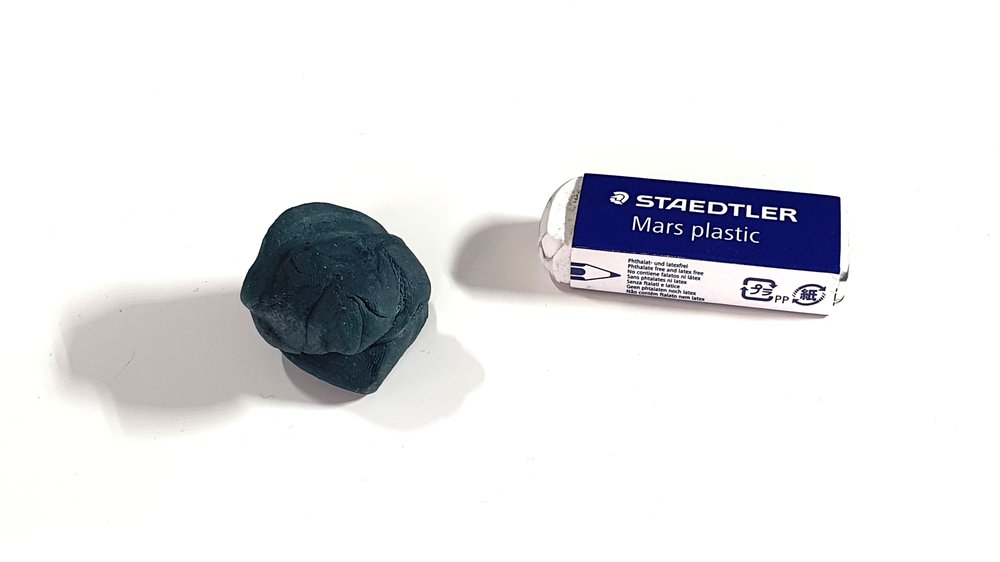
Once you've finished your sketch it is important to erase it lightly otherwise your sketch might show through the colored pencils.
This is the easiest with a kneaded eraser. To erase your sketch slightly you just roll it over your sketch and it'll pick up the excess graphite from the paper leaving you with a light sketch that won't shine through your colored pencils.
You might also want a regular eraser to erase more precisely.
3. 24 Pack of Polychromos
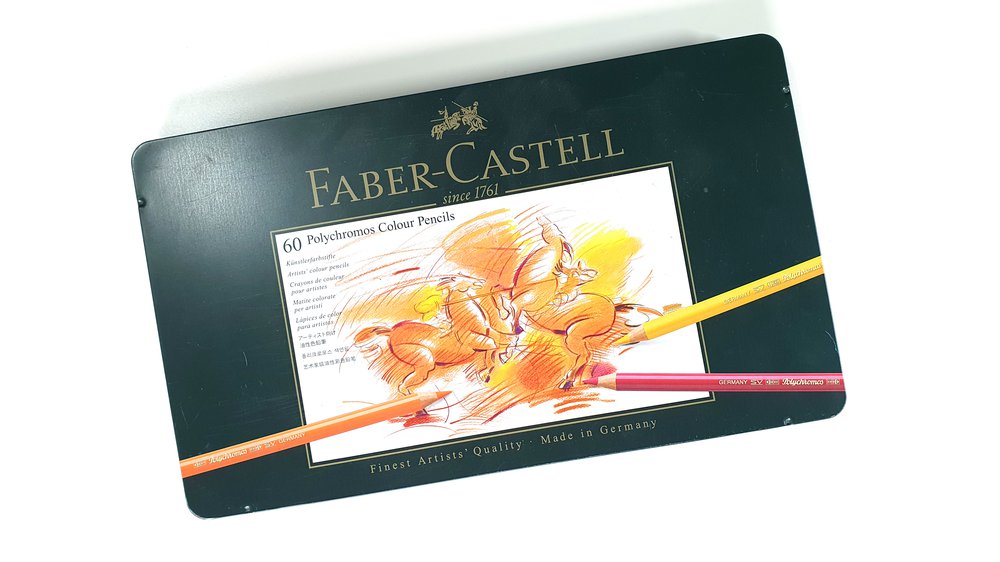
Picking the right colored pencils to start with can be a bit tricky.
There are so many to choose from. But I found that the Faber Castell Polychromos are really good to get started with. These are also the pencils I used to learn how to draw. They are very vibrant and you can draw very detailed with them which is really good for drawing animals or cars for example.
But if you want to draw portraits or anything else that requires a smooth blending then Prismacolor Premier pencils might be a better fit for you as you can easily draw smooth color transitions due to the softer wax-based core.
Here's a full list of the best colored pencils out there.
When you're done choosing which colored pencils you want, just pick a small set with about 24 pencils. That's more than enough to get started with.
4. Fine-Grain Sturdy Paper
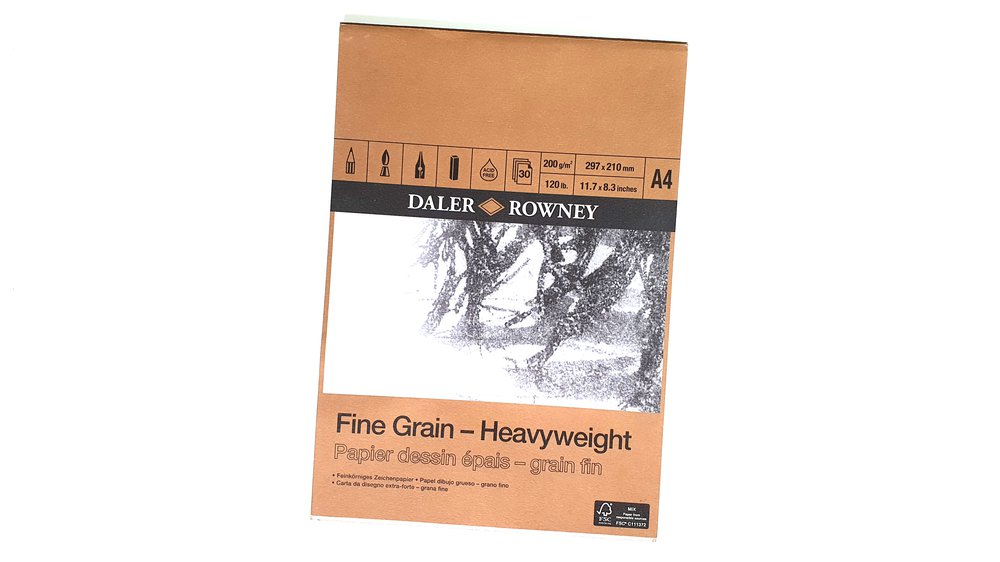
Not using the right paper is the number 1 thing most people get wrong when drawing with colored pencils.
Not every paper is fine to use for colored pencils. I found that fine-grained heavy-weight paper works the best for colored pencils because it has a slight texture that makes the pencils lie down their pigment a lot better than if the paper was very smooth and the heavy weight (thicker paper) makes the paper not bend easily and it makes it suitable for far more techniques than thinner paper would like indenting and using solvents.
It is also a lot easier to fill in the tooth of the paper when drawing on fine-grain paper as opposed to paper with a larger-grained texture. I made this mistake when I first started drawing with colored pencils. I bought this paper with a very grainy texture thinking the colored pencils would give off their pigment more easily, but it made it almost impossible to fill in the tooth fully without leaving white spots.
Here is a list of my favorite brands of paper to use with colored pencils.
5. A Sharpener That's Big Enough
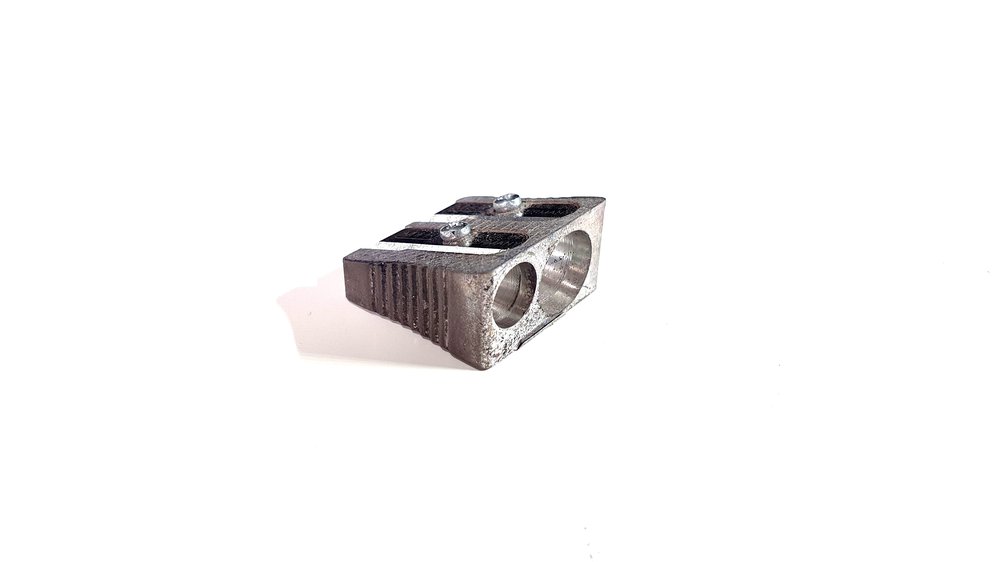
When using colored pencils you obviously need a sharpener. However I found that not all sharpeners are big enough for colored pencils.
If you're using colored pencils of a good quality they tend to be a bit thicker that the pencils you used to draw with as a kid. And because they are slightly thicker they don't always fit in all sharpeners. It really sucks when you already have a sharpener thinking you can use it on your new colored pencils or buying a new one and your colored pencils won't fit (yes, I'm speaking from experience...).
I'd recommend just buying a sharpener with 2 different sized holes so you're 100% sure your pencils fit.
6. A Drafting Brush or a Big Paint Brush

Not all pigment sticks to the paper and sometimes small bits break off the point of the pencils when drawing, especially when using more pressure.
And when you're drawing you will smear these speckles on the paper with your hand leaving smudgy marks which can be a pain the erase. So to prevent smearing those speckles on the paper I use a large paint brush to lightly wipe them off the paper. You can also use a drafting brush or any other brush you have at home.
7. A White Paint Pen for Highlights
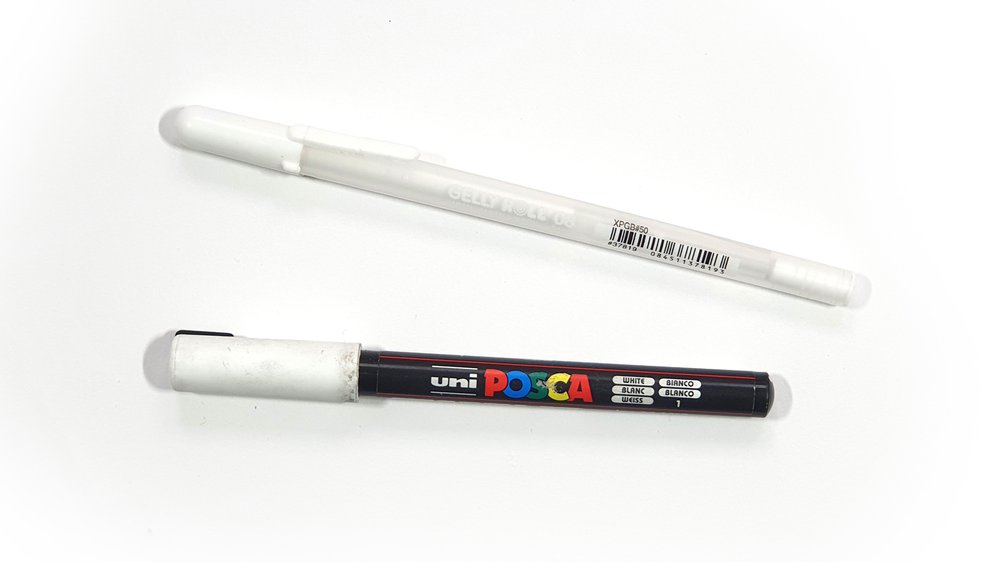
White paint or gel pens are great for adding highlights on your drawing when you're almost done. They can make your drawing look a lot more sophisticated and done, but don't overuse it.
You can also of course just leave the spots uncolored that you want to be white, but you always forget to leave them white. At least I do. When I leave a certain spot white as a highlight and I look at it some time later I always think "Oh, I forgot to color a spot. Let's fix that." And then I proceed to color it without realizing I left it white on purpose...
So yeah, white paint pens are very handy.
8. A Colorless Blender Pencil
When you're trying to fill in the grain of the paper, but there are still white spots of the paper showing through, a colorless blender might be helpful.
Colorless blenders make it a lot easier to blend your colored pencils and fill in the tooth of the paper without needing to use as much pressure as you would when doing to same with colored pencils.
I really like the Derwent Blender to blend my colored pencils, but you can make awesome drawings without a colorless blender. It just makes the process a bit more joyful and easy.
You can also use these other tools to blend colored pencils.
9. Zest-It Pencil Blend or an Odorless Paint Thinner
Solvents like Zest-It and paint thinner really transformed the way I draw.
Using solvents you can use your colored pencils much like watercolor pencils. The only difference is the medium used to blend the pencils. Instead of water (which warps and damages the paper) you use something like paint thinner or solvents made specifically for colored pencils like the Zest-It Pencil Blend.
Here are more solvents you can use to blend colored pencils.
Just like with the colorless blender you can easily fill in the grain of the paper by blending the pencils with a solvent which speeds up the process and it gives your drawings more depth.
10. Brushes or Cotton Swabs
To blend with a solvent you need something to apply with it onto the paper. Cotton swabs and soft paint brushes are very good for this. You just lightly dip them into the solvent and tap off the excess on a piece of tissue and you're ready start blending your colored pencils.
Make sure there is enough pigment on the paper and make sure you only use a tiny bit, otherwise you will get stains.
11. X-Acto Knife
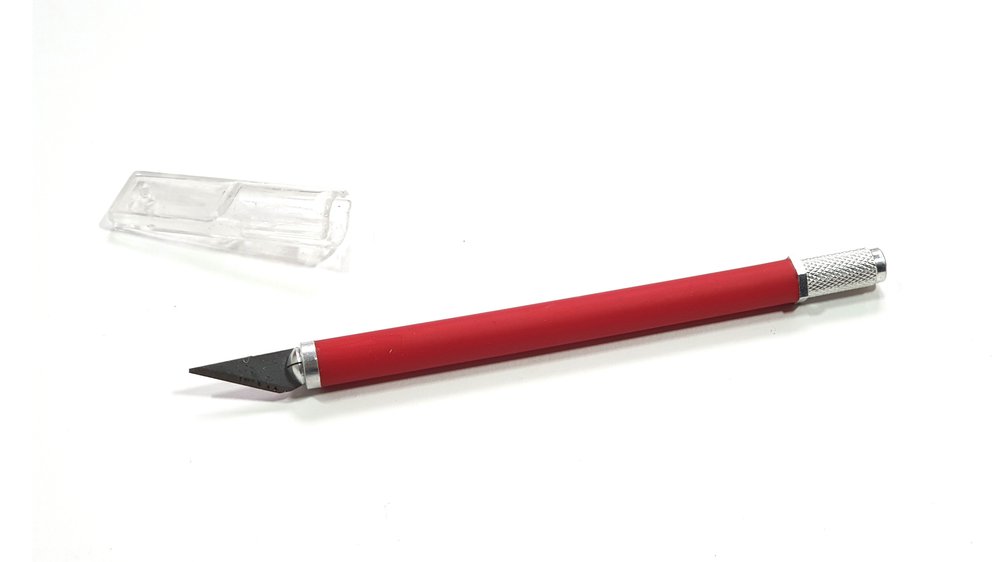
An X-Acto knife is very handy if you want to draw fur or any other type of hair. You can get very detailed hair textures by lightly scraping off some pencil pigment off the paper with the point of the knife.
12. Alcohol-Based Markers
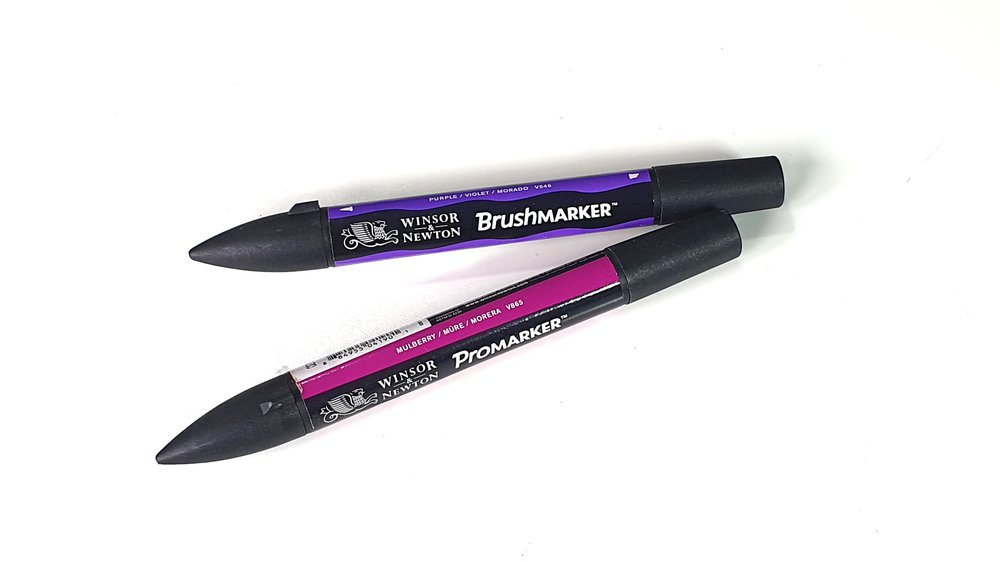
Alcohol markers are a great way to speed up your drawing process. By first color blocking in your whole drawing with alcohol markers saves you so much time because you don't need to worry about filling in the grain anymore as it's already colored.
You can now fully focus on the color transitions and the details. And the best thing is you can draw with light colors on top of darker markers, so you don't need to worry about the tiny details.
I've used this technique for over 4 years now and it makes my drawing process a lot easier and quicker. But it also makes my drawings look better as some colored pencils are a bit transparent and look grainy when using them on there own, but when using them on top of markers they look fine.

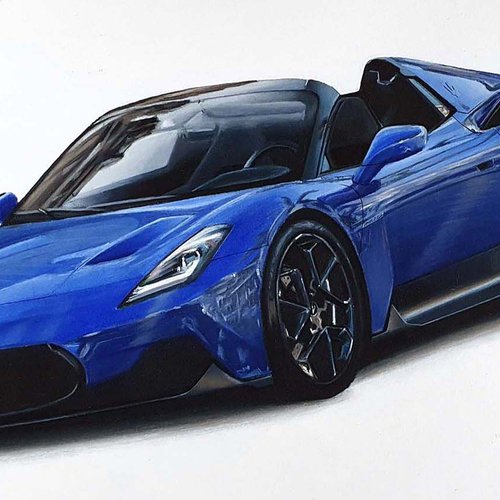
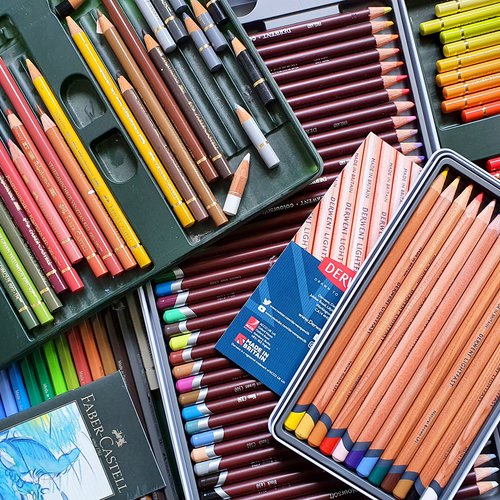

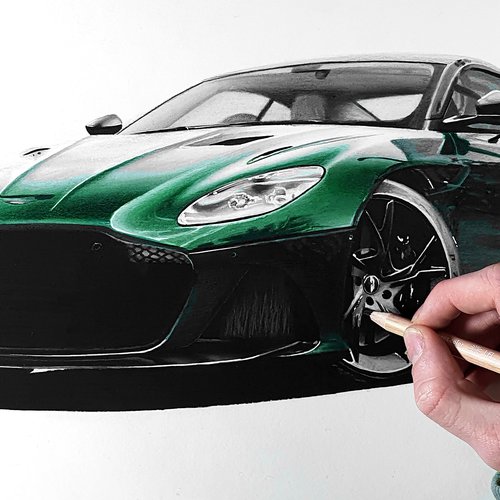

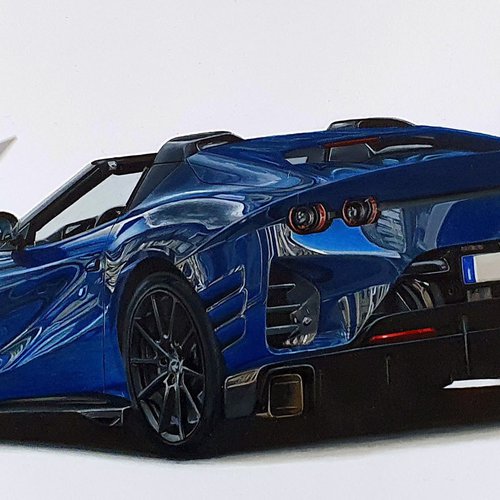




Be the first to comment!
Comments
There are no comments yet.